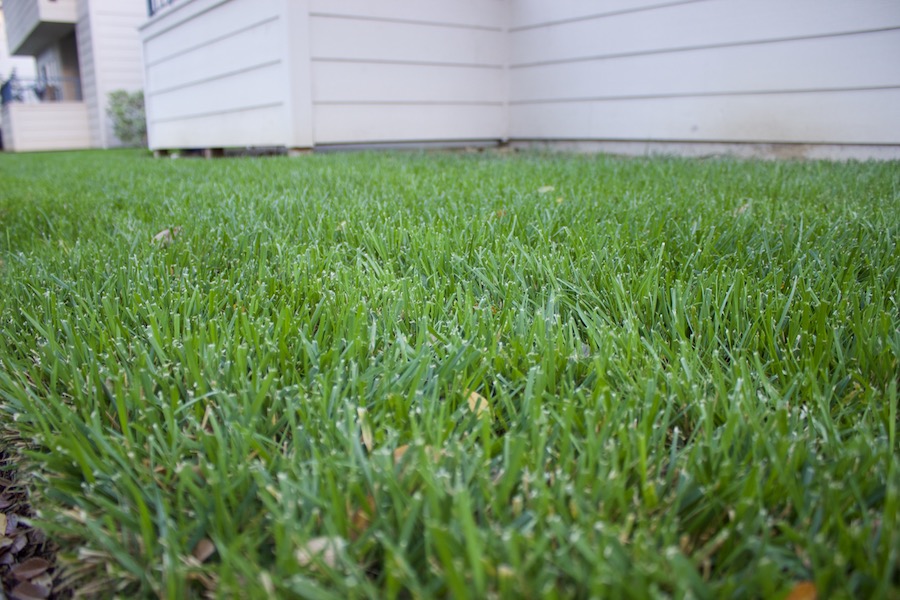
UC Davis Center for Children’s Environmental Health and Disease, researches impact of genes, environment on developmental disorders
More people than ever are being diagnosed with autism spectrum disorder in the U.S. This dramatic increase has led to a prevalence rate of 1 in 68 schoolchildren having autism, according to the Center for Disease Control and Prevention. This ratio is staggeringly high compared to the statistic 40 years ago, when the prevalence rate was 1 in 1,000 children.
Autism is a neurodevelopmental disorder that may impair a child’s skills regarding social interaction, communication, the ability to understand abstract concepts and other areas of functioning.
The UC Davis Center for Children’s Environmental Health and Disease Prevention (CCEH) seeks to identify environmental, immunologic and genetic risks of neurodevelopmental disorders such as autism.
The CCEH has a multidisciplinary team of researchers who investigate how the interactions between our genes and the environment play a role in the expression of autism.
“Children with autism have a different immune system and a different immunological response compared to those without the disorder, even with similar exposure of environmental factors,” said Dr. Julie Van De Water, a professor of medicine at the UC Davis Department of Internal Medicine.
The CCEH research goals seek a better understanding of the basis of neurodevelopmental disorders and hope to eventually prevent these disorders, not just treat them.
“Sometimes pregnant females have higher levels of inflammatory molecules and it can change the way the brain develops,” Van De Water said. “This is known to be associated with development of schizophrenia and autism.”
Research conducted at the center looks at how and why certain environmental exposures can change both maternal and child immune system function and response.
Environmental toxicants can impact developing neurons and brains and can change maternal immune systems, which in turn can affect development of the fetus or infant. However, the environment surrounding a child does not necessarily equate to the conditions outside. A child’s environment includes what they eat, breathe and what touches their skin. They can also be affected by what the mother eats, breathes and touches during pregnancy.
The awareness of how people’s bodies interact with environmental exposure is critical, particularly in the context of children.
“Children, pound for pound, get more exposure because of their body size,” Van de Water said. “Adults have much more mass and tissue compared to babies.”
Known environmental factors that may impact neurodevelopment include heat stress and anesthesia; these factors seem to have an early onset effect in babies that can become a lifelong problem.
A projected housed under the CCEH is Markers of Autism Risk in Babies, Learning Early Signs (MARBLES).This longitudinal study gathers data from pregnant women who have a biological child with autism. Data collected in this study includes: samples of blood, urine, saliva and hair. Additional information is gathered through questionnaires about lifestyle and access to medical records to analyze behavioral aspects that may contribute to autism.
This project also incorporates the potential of environmental factors that can contribute to neurological disorders.
“We get dust samples in the main living area in the participants’ homes and obtain samples of dust from their vacuum to better represent their whole home,” said McKenzie Oliver, the project manager of the MARBLES study.
Participants are also asked about the cleaning products or pesticides they use at home. By looking at risk factors, both prenatal and postpartum, and genetic and environmental, scientists are able to get a more complete picture of autism’s development.
A sister study to MARBLES is Childhood Autism Risks from Genetics and the Environment (CHARGE), which studies environmental causes and risk factors for autism and developmental delay.
CHARGE gathers a similar array of data mentioned above from participants, who are children 24 to 60 months of age who have been diagnosed with autism.
Isaac N. Pessah, a professor of toxicology and an associate dean at the School of Veterinary Medicine, researches ryanodine-sensitive calcium channels and how disease or alteration of these complexes may lead to impacting neurodevelopment.
“We now know that the genes that encode two out of the three genetic forms of the receptors are highly variant in human populations,” Pessah said.
In one type of gene associated with the calcium channels, there have been over 300 variants identified. A subset of those variants is associated with environmentally triggered disease.
Impacted calcium channels, in the worst case, can be acutely lethal or result in harmful developmental outcomes.
Calcium signaling in autism is another research project housed under the CCEH and is testing the hypothesis of whether alteration to the genes involved in these complexes can influence susceptibility to developmental neurotoxicants during gestation.
Natural and man-made chemicals can both contribute as harmful environmental exposure. In past research, scientists isolated compounds from marine organisms such as organic molecules, brominated compounds and other halogens, which are very reactive elements.
“We hypothesized that these organic halogens also present in industrial byproducts have similar activity,” Pessah said. “That is, the compounds target calcium channels and impose real consequences in terms of neurodevelopmental and behavioral outcomes.”
Limiting chemical exposure to both children and their families can help create a healthy environment, such as avoiding pest control products and wiping home surfaces where cleaning chemicals may settle.
More information on how to limit chemicals in the surrounding home area and how to create a safer environment for babies can be found in the current CCEH brochure.
“Our work is for the future generation and we want to improve the variations of exposures children face,” Van de Water said.
Written by: Shivani Kamal — science@theaggie.org



